









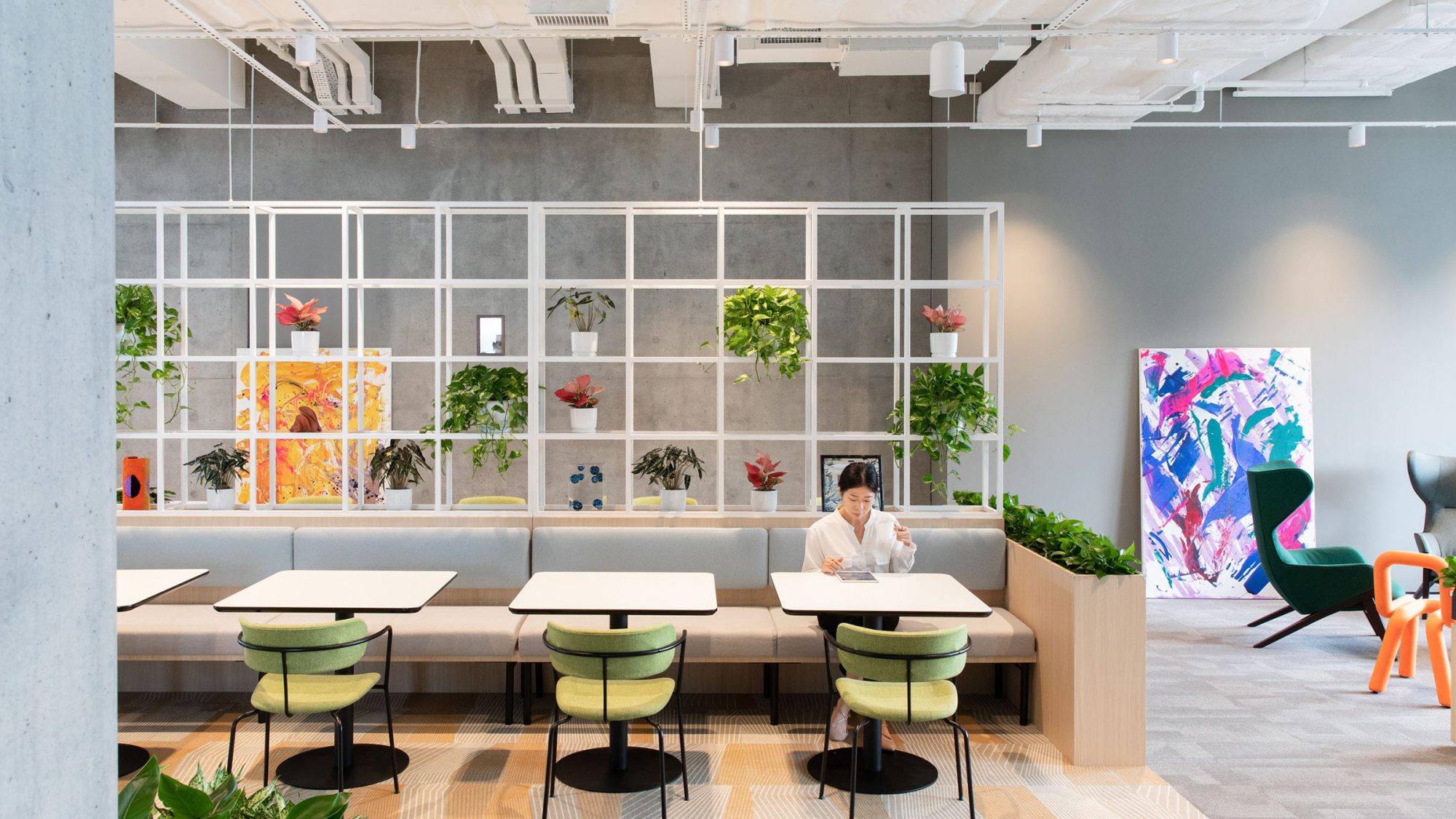
Workplace burnout can significantly affect people and negatively impact their overall wellbeing. The World Health Organization (WHO) recently classified it as an occupational phenomenon resulting from chronic, unmanaged stress. Common symptoms include feelings of exhaustion, detachment, negativity and reduced productivity.
This article discusses the simple solutions organisations can adopt to create an emotionally supportive workplace with wellbeing as a guiding principle. By implementing these measures, companies can help prevent staff burnout and promote a healthy work-life balance. The goal is cultivating human-centric environments that inspire and empower people while supporting business growth.
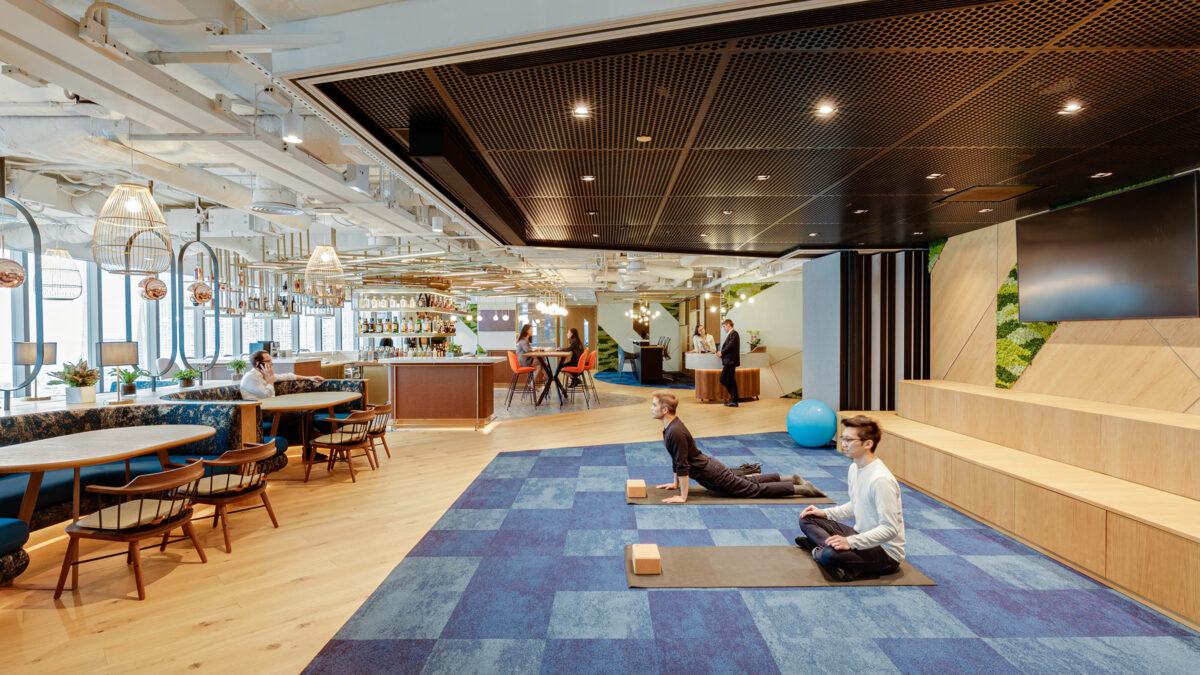
Organisations can promote wellbeing and resilience by offering a range of different work settings. Introducing comfortable seating areas, standing desks and quiet zones allows employees to choose the workspace that best suits their needs. These solutions can create an environment that not only encourages collaboration, creativity and productivity but also provides spaces for focus and respite. This enables people to step away from work stress to recharge, or get heads-down work done when needed.
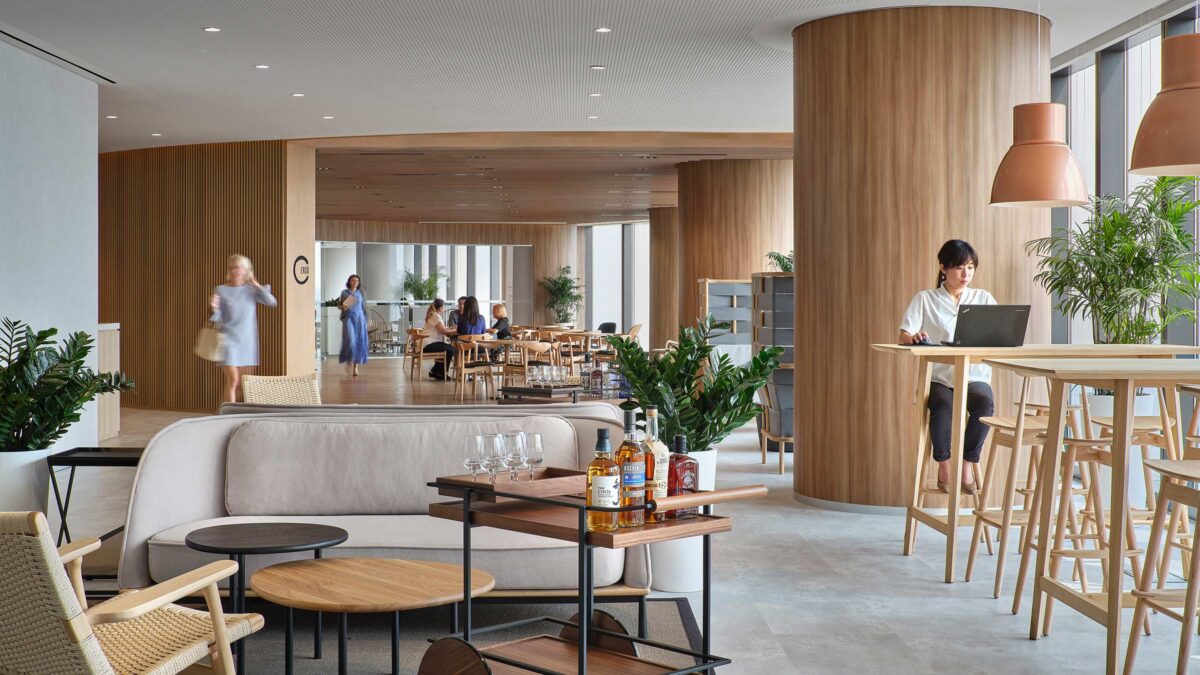
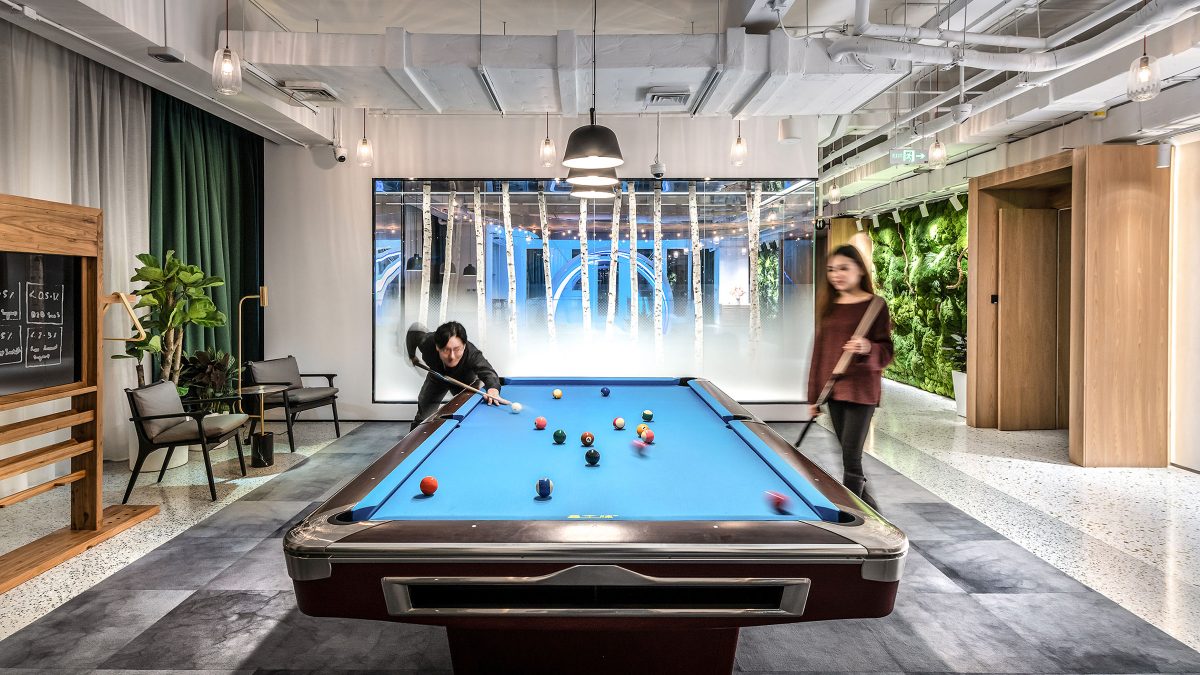
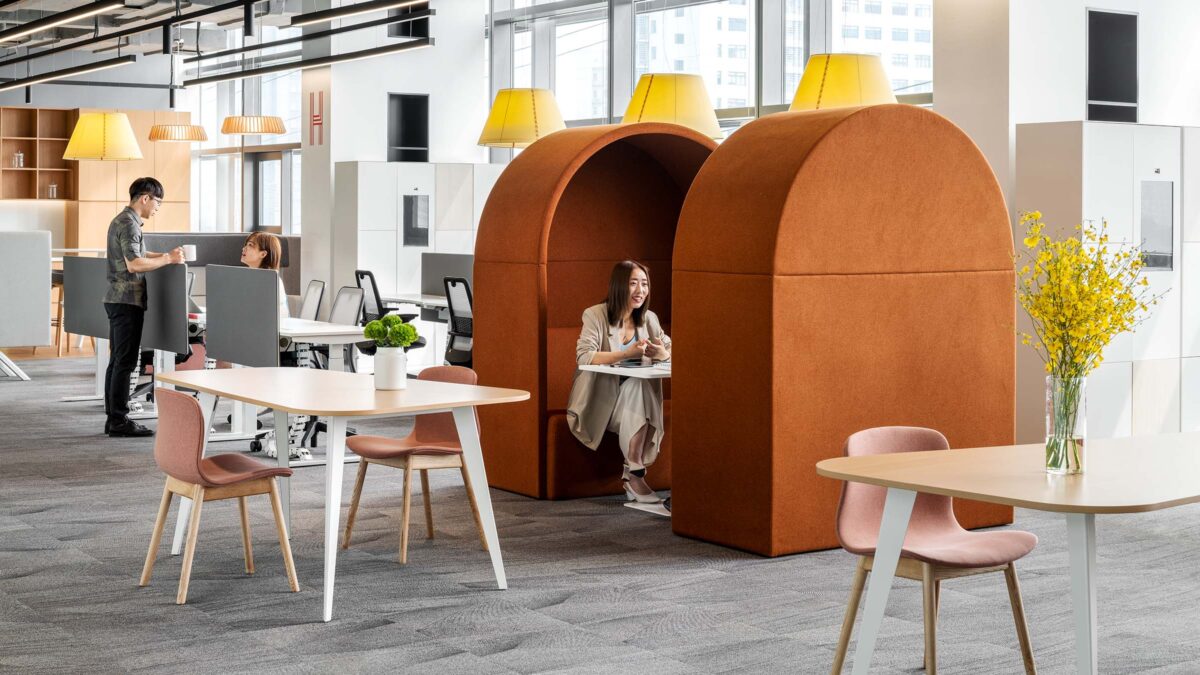
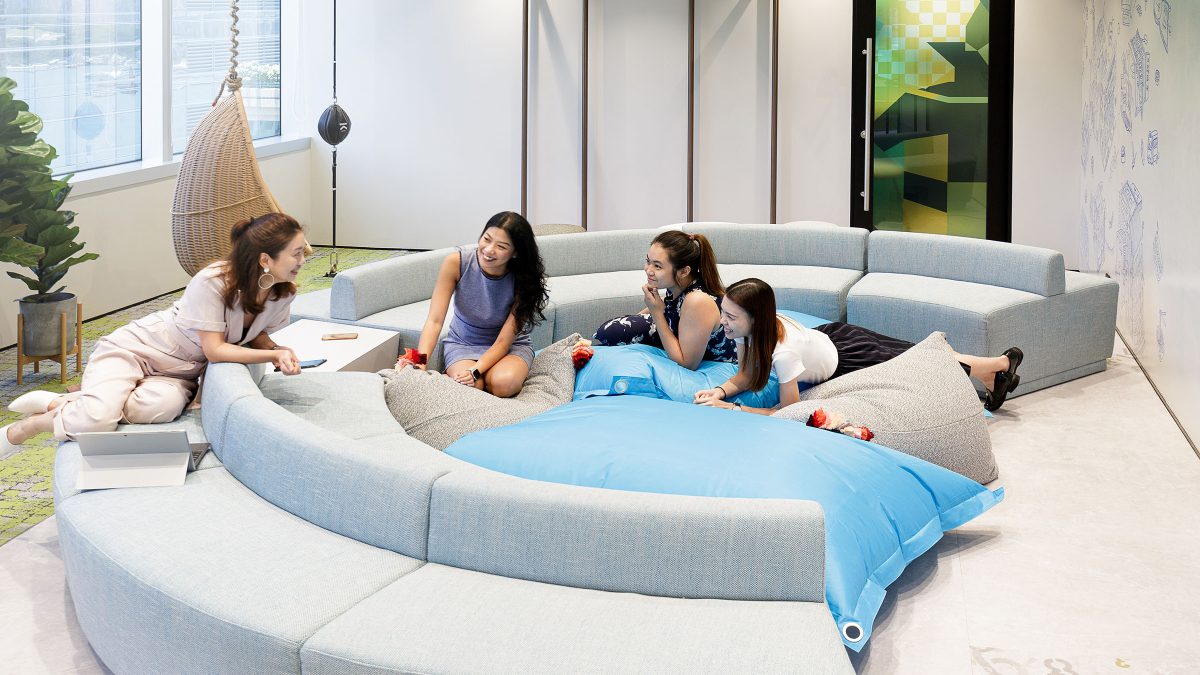
Understanding local cultural practices is key to designing emotionally supportive workplaces. In regions like China, where a midday rest is an ingrained habit, nap areas are highly valued. This considered approach respects local customs and addresses a common need for rest and rejuvenation during the workday. From integrating comfortable chairs into open office spaces to incorporating enclosed, specially designed nap pods – organisations can create a range of people-centric and supportive work environments.
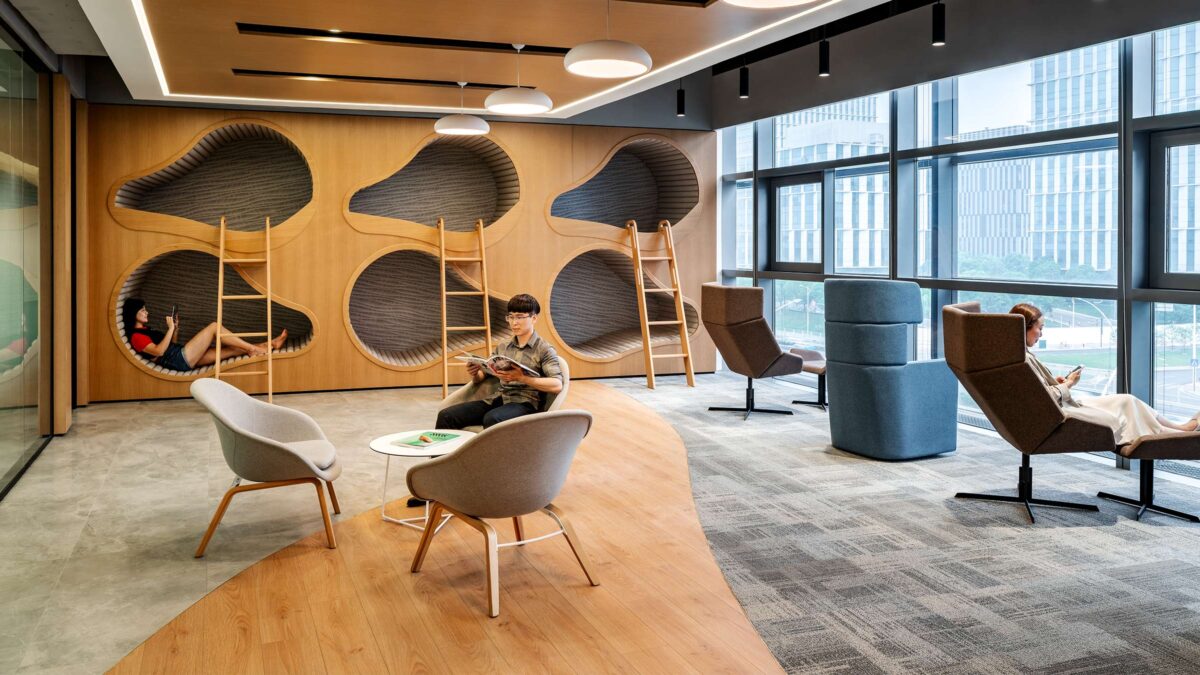 Office that support people's wellbeing
Office that support people's wellbeing Technology has the power to enhance staff wellbeing significantly when used in the right way. It can support hybrid working models, allowing everyone, whether on-site or remote, to equally contribute and engage via digital screens. This approach not only bridges geographical distances but also boosts work-life balance, a crucial aspect of people’s wellbeing. For example, by integrating digital screens and immersive technologies, organisations can create a dynamic, people-focused environment that supports staff on multiple levels.
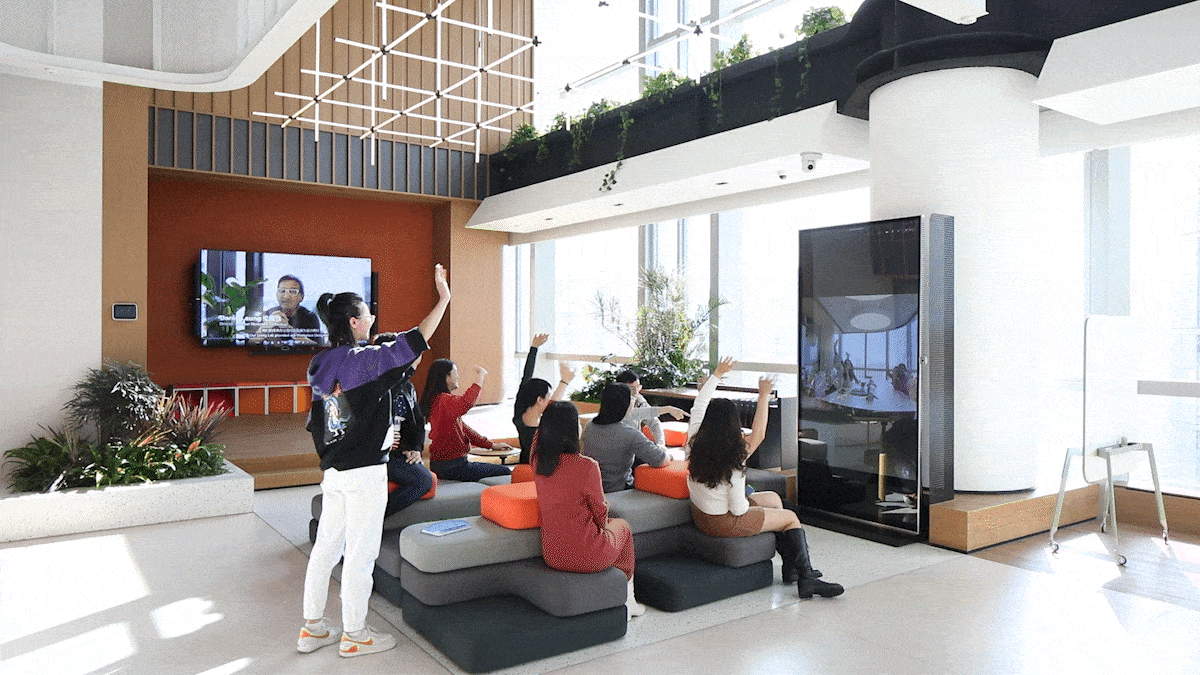
Modern multisensory rooms that show immersive scenes, like a sky full of stars can help support wellbeing. These technologies give people a relaxing break from their work, allowing them to rest and recharge in beautiful surroundings.
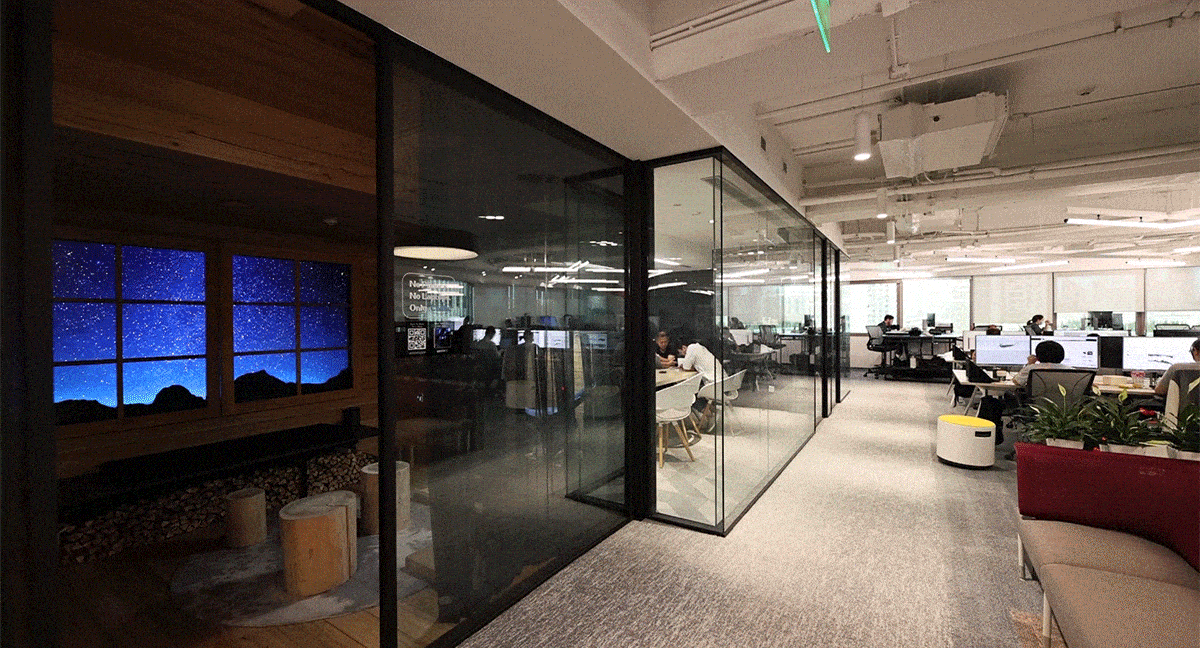
Creating social areas in the workplace is an easy and helpful way to improve employee happiness. These spaces encourage people to build connections, work as a team and relax. Companies should focus on the location and layout of these spaces and provide clean water stations or healthy snacks. Also, planning team events and activities can strengthen co-worker bonds and increase creativity.
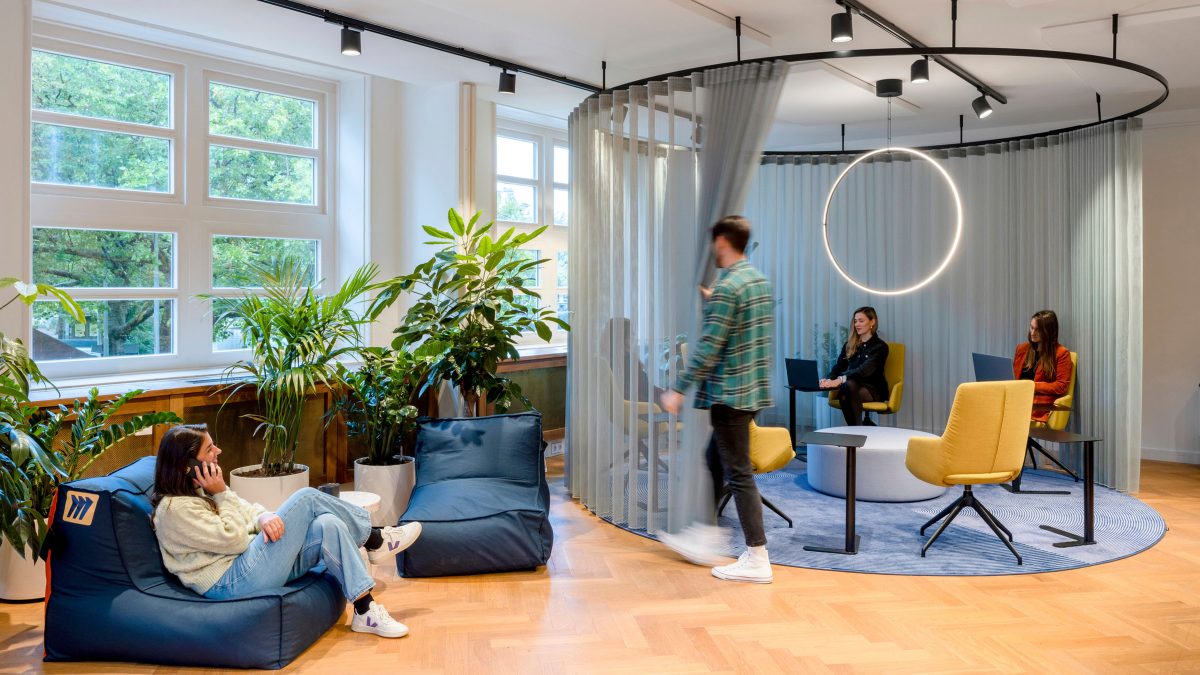
Creating a healthy work environment through light and sound is achievable by making some simple changes. Companies can prioritise natural light by moving furniture or by making adjustments to let more light in. Additionally, investing in a lighting system that mimics natural light patterns can be cost-effective and beneficial for employees. Choosing organic materials and carefully selecting technology can also improve the acoustic experience, leading to better concentration and collaboration.
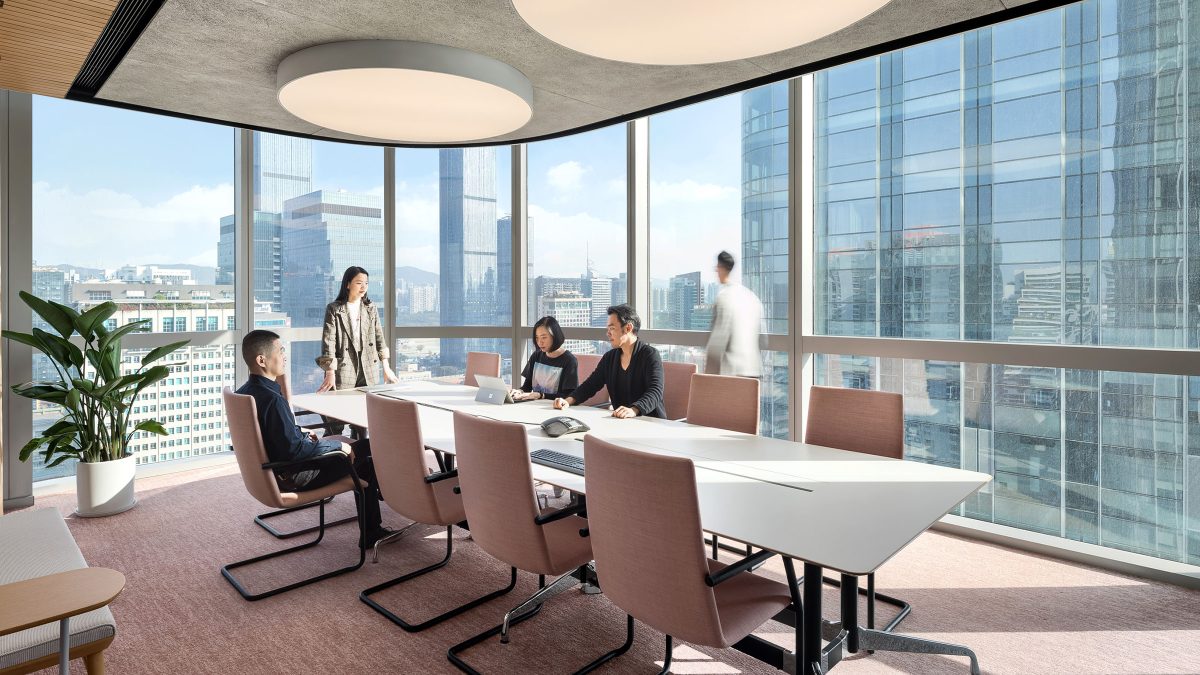
While designing an office with health in mind is ideal, there is always the opportunity to maximise an existing workplace.
Below, we highlight two projects that demonstrate designs strategies for an emotionally supportive workplace. By incorporating elements such as biophilic design, agile workspaces, social hubs and nature-based solutions, we have tailored each space to different needs and preferences.
This workplace offers a range of functional spaces for staff wellness, including a cat room, boxing space, Tatami area, and art installations on each floor. By providing various options for winding down and stimulating creative energy, Lilith Games supports a healthy work-life balance and forges a sense of belonging
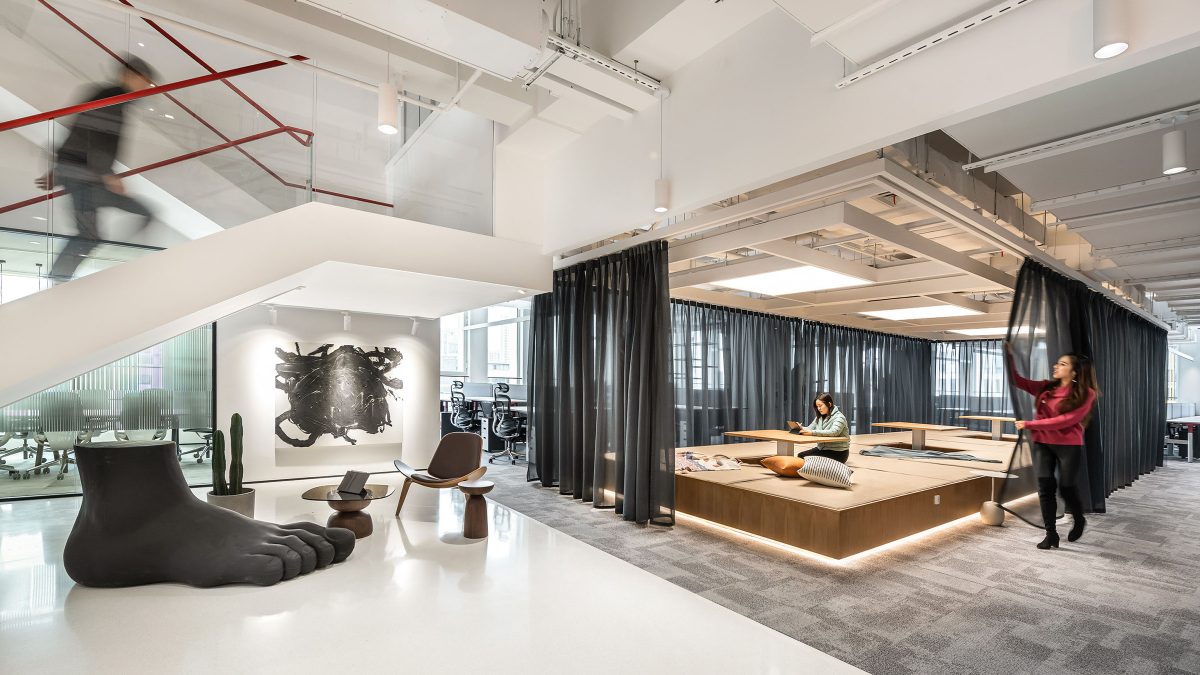
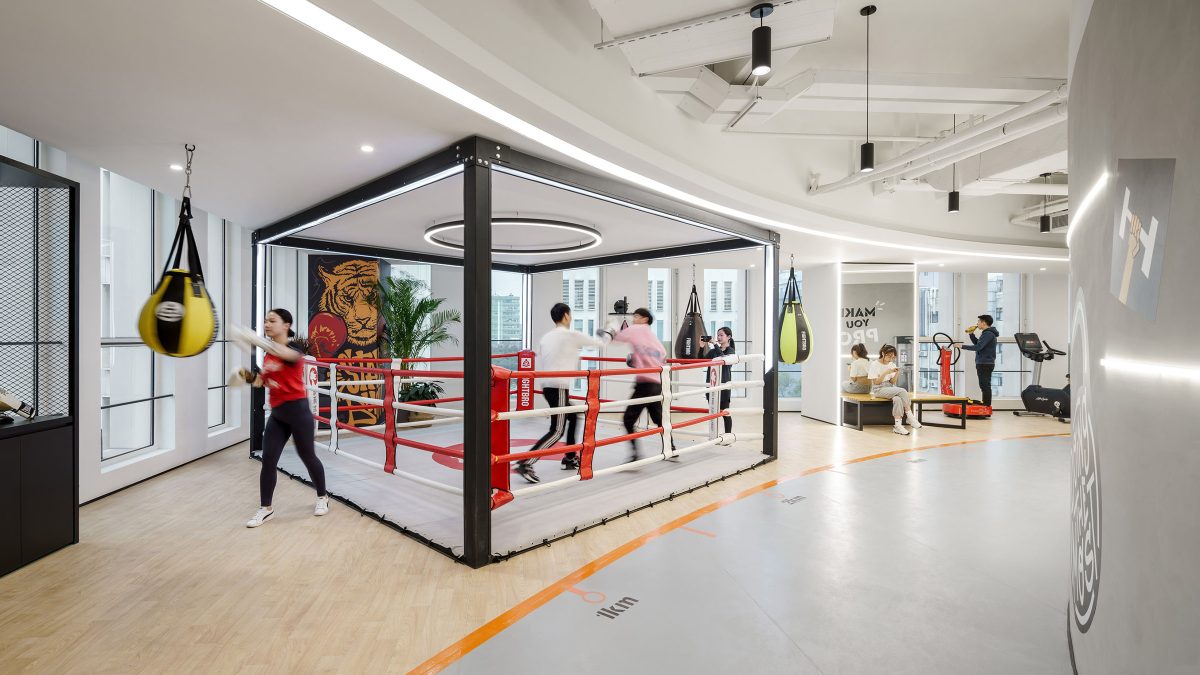
This office design supports emotional and physical health with natural light, staff-created artwork, diverse workspaces and an open layout. Communal spaces such as breakout areas encourage work-life balance, while the open layout promotes movement throughout the space. The multipurpose space accommodates activities like yoga, and adjustable workstations cater to individual comfort and support postural wellbeing. Combined with sustainable materials and design elements like air filters and air quality tools available to the staff, this office fosters a healthy and safe environment.
While the design elements highlighted in this article significantly contribute to community, wellbeing and engagement, it’s important to recognise that they are just one aspect of a broader strategy. A truly people-first culture also requires clear HR policies, a positive workplace culture and ongoing support. Implementing these measures alongside thoughtful design can create an environment that fully nurtures the emotional and mental health of your people.
Associate - Workplace Strategy